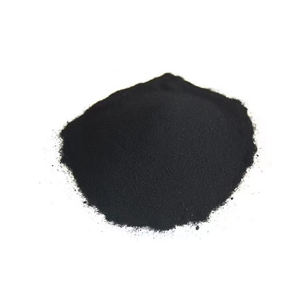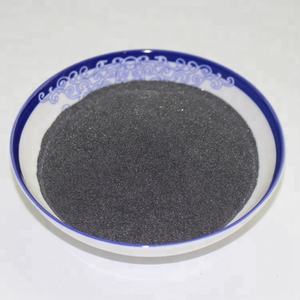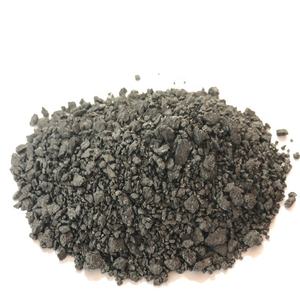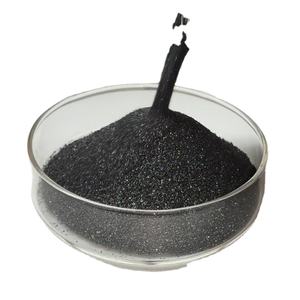Professional graphite material supplier, graphite for EV, grease, furnace and any other industries.
(Why Are Electrodes Made of Graphite?)
why are electrodes made of graphite?
Graphite is an electrically conductive material which can be produced from a variety of carbon-containing materials. It is formed by heating carbon to extreme temperatures in order to create a unique structure known as graphitization.
The chemical properties of graphite are largely due to its covalent bonding structure, which is called sp2 hybridization. During the graphitization process, the carbon atoms in the compounds are arranged in a hexagonal structure that allows for free electron movement throughout the layers. This vast electron delocalization is called aromaticity, and it makes graphite a good conductor of electricity.
Besides being an excellent electrical conductor, graphite has many other characteristics that make it useful as an electrode. It is a good insulator, and it can withstand high temperatures. It is also chemically stable, and has a low thermal expansion coefficient and reactivity.
Electrodes are typically made from conductive materials like graphite, noble metals (gold, silver or platinum), copper and titanium. Graphite is one of the most common materials used for this purpose, and it has a wide range of uses in industries such as oil and gas, electric motors, and other applications where electricity is required.
The market for graphite electrodes is primarily driven by the Asia-Pacific region, with China and India accounting for a large share of consumption. The market is expected to expand at a significant pace in the coming years, with growing long-term scrap availability and the increase in electric arc furnace (EAF) production forecast to fuel growth.
(Why Are Electrodes Made of Graphite?)







